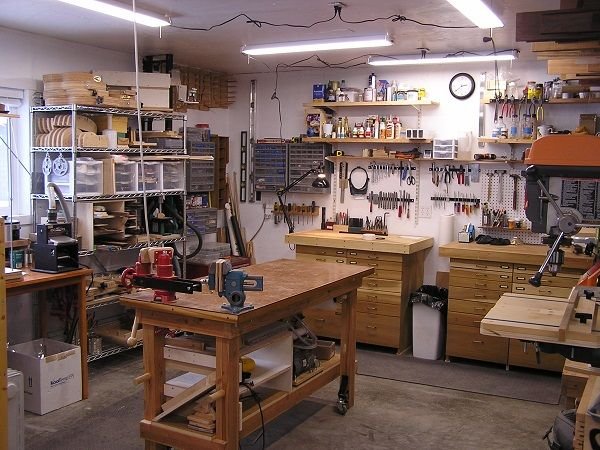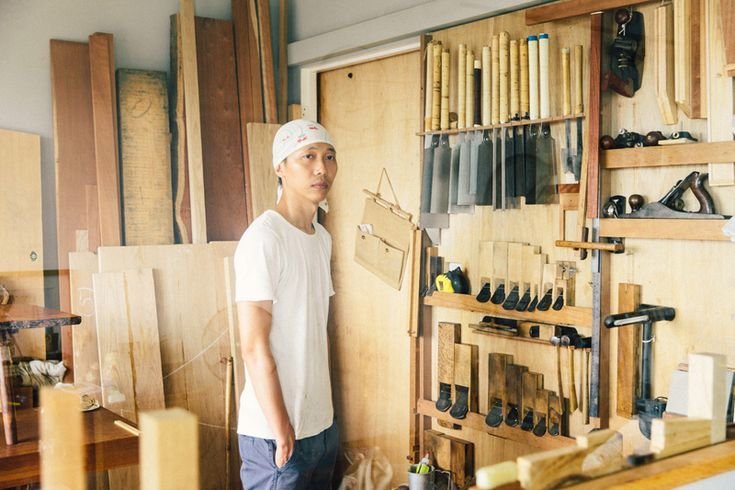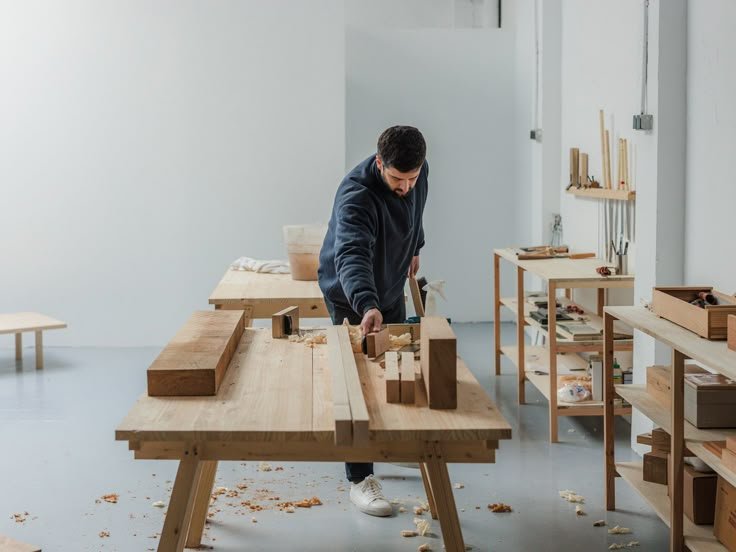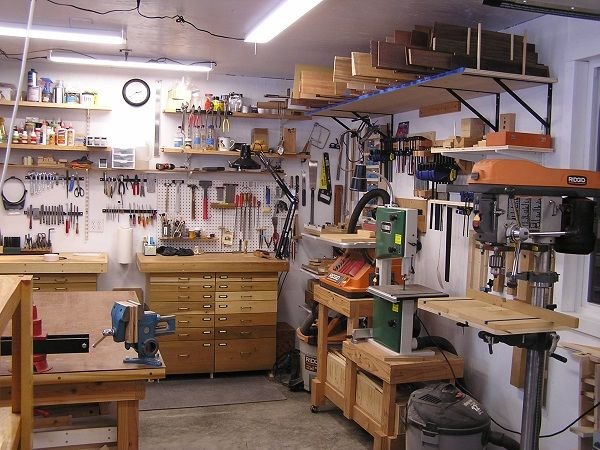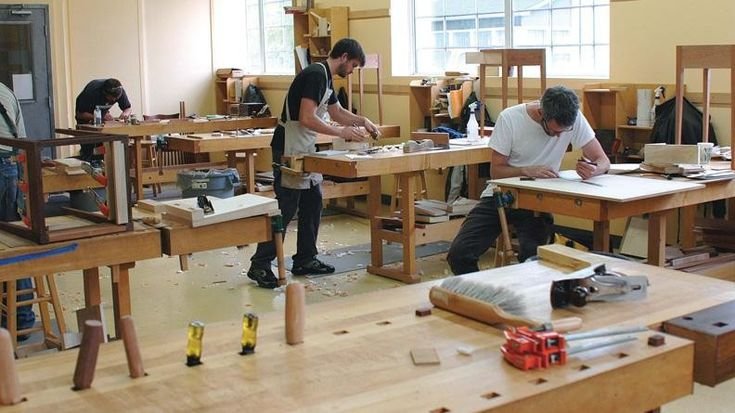—
### Cut and Dried: A Woodworker’s Tale
You know, there’s something about walking into a lumber yard that just gets my heart beating a little faster. The smell of freshly cut wood, that unique mix of pine and cedar, it’s like a call to a long-lost friend. I’ll never forget the day I waddled into my local yard, a little overzealous, ready to tackle what I thought would be the most straightforward woodworking project—making a corner bookshelf for my living room. Turns out, I learned a whole lot about cut and dried wood that day.
It sounds simple enough, right? You find some nice pieces of lumber—nothing fancy, just the typical pine or oak, and you get to work. I was armed with my trusty miter saw and a newer tool I’d picked up, a router. That thing was shiny and just waiting to make some beautiful edges. I had it all planned out in my head… until I got to the actual wood.
### The First Mistake
So there I was, standing in front of an enormous stack of lumber like a kid in a candy shop. I hadn’t really paid attention in my earlier visits to the subtle differences between the types of wood. I ended up choosing a nice piece of #2 pine, thinking it would be just fine. It was cut and dried, of course, but I didn’t think much of it at the time.
Now, you’d think I’d do the smart thing and check all the moisture content—there’s a little gadget for that, you know, but why would I? I was feeling all “I got this!” and I rolled my cart out the door.
When I finally got to the point of assembling the bookshelf in my garage, oh man, that was the first lesson learned. I was trying to do everything right, measure twice and cut once and all that jazz. But as I started putting the pieces together, I realized my once straight boards were warping! I almost threw in the towel right then. It felt like nothing I did was working.
### The Learning Curve
In hindsight, I should have waited a few days, let the wood acclimate to my garage’s humidity. But I pushed through, thinking, “Maybe if I clamp it down hard enough, it’ll hold.” Spoiler alert: it didn’t work. Every time I thought I had it all set, the warp would show its ugly face again. I mean, there’s nothing quite like the sound of wood grinding against itself when you’re trying to force it into submission. You ever hear that? It’s like someone trying to force a stubborn cat into a bath—and surprise, it’s not pretty.
I kind of laughed at myself when I finally gave in and bought a special dehumidifier later on. It felt ridiculous, honestly, but boy, once you accept that the wood’s got its own personality, it changes everything.
### The Right Wood
Once I got my newly-dried wood home, things started looking promising again. I swapped that old warped pine for some poplar. Now let me tell you, there’s something satisfying about working with poplar—smoother than butter on warm toast, and it’s much more forgiving than that pesky pine I had wrestled with earlier.
I went back to my miter saw and the router, and you could say I was on a mission. I’d learned my lesson about taking the time to prep, and I took my sweet time. The smell of that fresh poplar as I cut into it? Absolutely delightful. The sweet aroma filled my garage, easing my earlier frustrations.
As I connected my pieces, it all just fell into place, almost as if the wood was saying, “There you go, friend, now we’re getting somewhere.” When I finally stood back to admire the piece, I couldn’t believe it was the same corner that had been cluttered with my failed attempt weeks prior.
### Moments of Doubt
But, man, it wasn’t smooth sailing just yet. There came stage two of this ordeal: finishing. Ever tried staining wood? Yeah, that’s a whole different beast. I picked a nice walnut stain because I imagined it would look beautiful against the poplar. But no one warned me about how quickly that stuff dries. I brushed it on lovingly and bam! I realized there was a spot I missed but by then, the rest had already absorbed it.
I almost lost it again. I had patches of light and dark on my bookshelf, looking like it was giving me the side-eye for messing it up. But you know what? I didn’t throw it away. I took a deep breath and started over, albeit much more carefully this time.
### The Reward
When it finally came time to stand it up in the living room, I couldn’t help but grin. There was this sense of pride in that bookshelf that I’d made—every crooked cut, every warped board, every mad moment spent in frustration. It all made it feel so worthwhile.
At the end of the day, it’s the process that gets you. Yeah, my project didn’t go as expected at first, and I made countless mistakes along the way. But if there’s one takeaway I hope you hear loudly and clearly, it’s this: If you’re thinking about trying woodworking, don’t shy away from those mistakes. Just go for it! Grab that wood—be it cut and dried or freshly delivered—and make some sawdust. Trust me, the journey is worth it, every moment of doubt, every laugh when something actually works out.
So fill your cup, take a breath, and remember: every great piece of woodwork has its own stories lurking in the grain. Get out there and make yours.
—
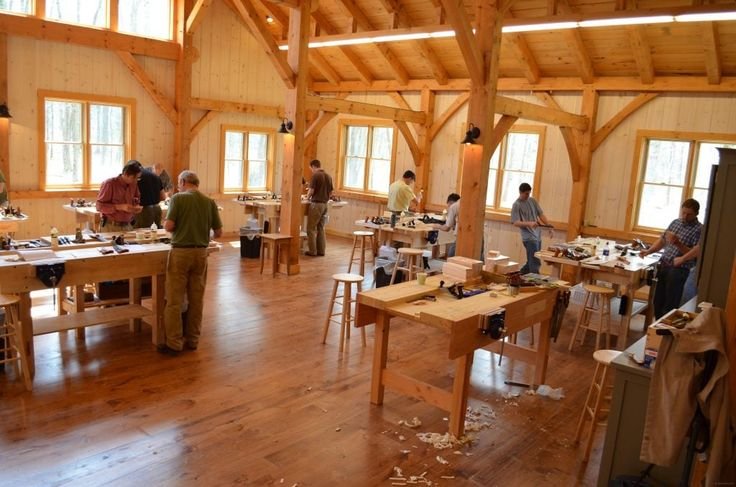
Cut and Dried: Your Ultimate Guide to Working with Wood
Posted Date:






